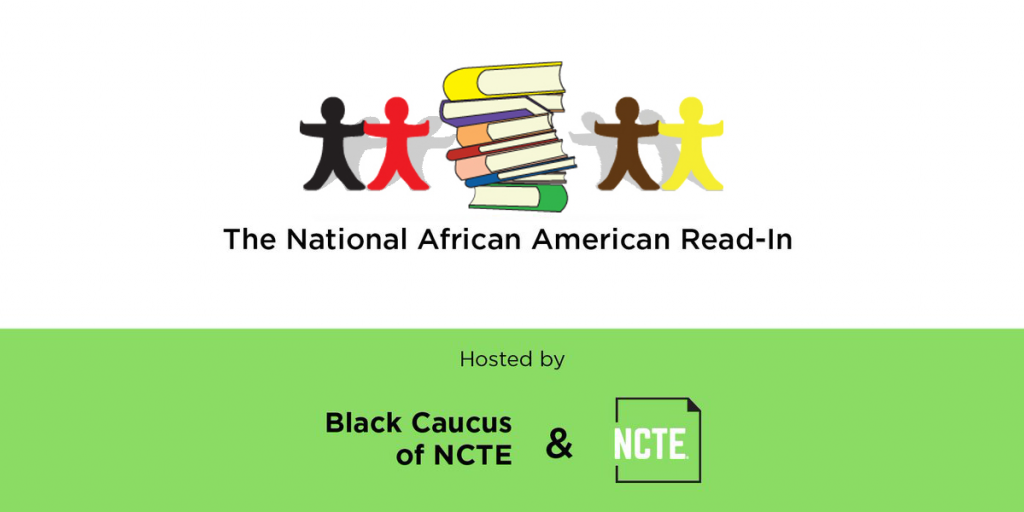When selecting texts to have as part of African American Read-Ins, many people first think of books or poems. What about using plays or dramas?
The works of playwright August Wilson are a good place to start. His play, Fences, won him critical acclaim, including the Pulitzer Prize for Drama and the Tony Award for Best Play. It is currently a Major Motion Picture directed by Denzel Washington, and starring Denzel Washington and Viola Davis. Students can read Fences, then watch the film and compare the two.
Sticking with August Wilson and looking at his play, The Piano Lesson, readily invites students to ask a number of questions—big and small—about the characters, setting, conflict, and symbols in the work. After reading the first act, students learn how to create effective discussion questions and then put them to use in student-led seminar discussions after Act 1 and again at the end of the play. Read more in the ReadWriteThink.org lesson plan, “Facilitating Student-Led Seminar Discussions with The Piano Lesson.”
This lesson from ReadWriteThink.org invites students to explore the things relevant to a character from Lorraine Hansberry’s play A Raisin in the Sun, such as Mama’s plant, to unlock the drama’s underlying symbolism and themes. Students explore character traits and participate in active learning as they work with the play. Students use an interactive drama map to explore character and conflict, and then write and share character-item poems.
If the genre of plays or dramas is too much of a challenge, what if students use both their analytical and creative skills to adapt passages from a novel into a ten-minute play? This lesson plan invites students to read Beloved or another suitable novel. Students then review some of the critical elements of drama, focusing on differences between narrative and dramatic texts, including point of view. They discuss the role of conflict in the novel, and work in small groups to search the novel for a passage they can adapt into a ten-minute play. Students write their play adaptation in writer’s workshop sessions, focusing on character, setting, conflict, and resolution. When the play draft is complete, students review and revise it, then rehearse and present their play to the class. As the plays are performed, students use a rubric to peer-review each group’s work. Because students are responding to a novel with significant internal dialogue and conflict, they are called on to use both analytical and creative skills as they create the adaptation, rather than simply cutting and pasting dialogue.
What dramas or plays written by African Americans have you used?

